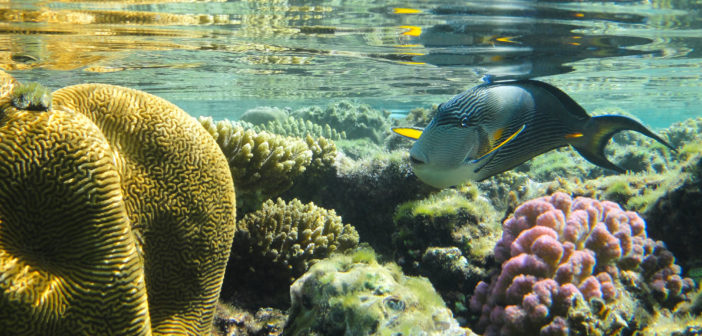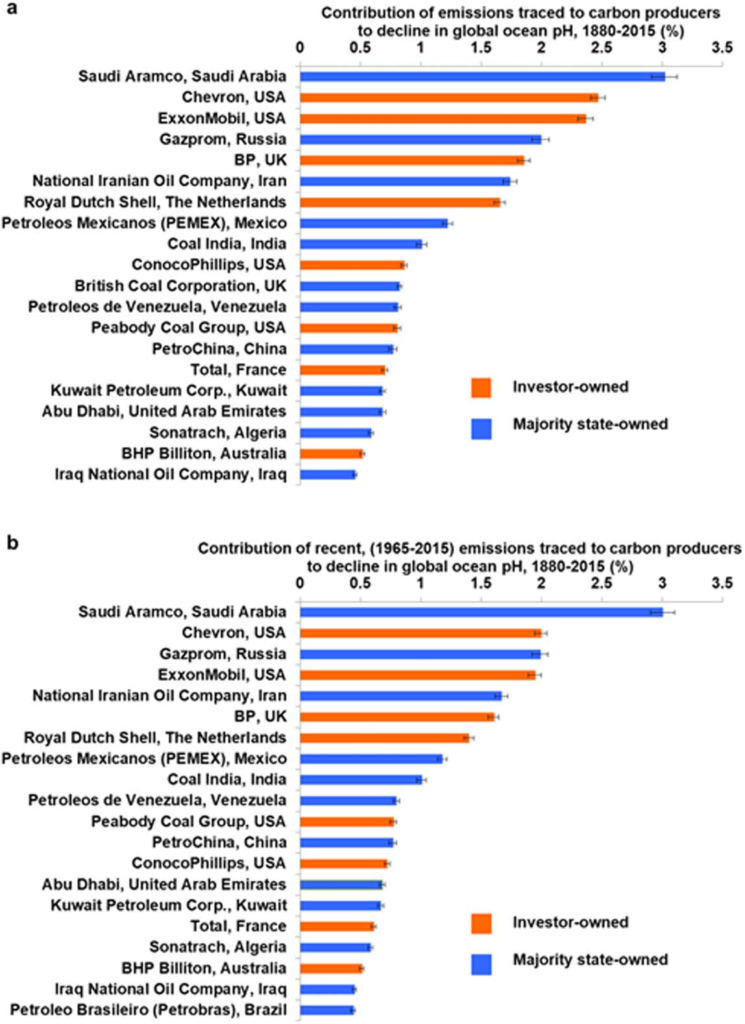Oceans cover 70 percent of the globe, and marine environments support a broad array of ecosystems, representing 90 percent of the habitat on Earth. However, the world’s oceans are losing oxygen and becoming warmer, more acidic, and increasingly filed with plastic.
In the last week, two important reports have been released that document the degradation of the world’s oceans, focusing on two aspects in particular: ocean deoxygenation and acidification.
The publication “Ocean Deoxygenation: Everyone’s Problem” was issued at the United Nations Conference of the Parties 25 Climate Change Conference in Madrid, in hopes of persuading world leaders to take measures to restore ocean health. The report, issued by the International Union for Conservation of Nature (IUCN) is the result of collaboration between 67 scientific experts from 17 countries.
The report shows that today, more than 700 oceanic sites are suffering from oxygen loss. In the 1960s, only 45 sites were affected by low oxygen conditions. Furthermore, the volume of anoxic waters, which are completely deprived of oxygen, has quadrupled. Between 1960 and 2010, oxygen concentrations declined worldwide by about 2 percent.

Low levels of oxygen negatively affect the balance of marine life, favoring species tolerant of low oxygen conditions at the expense of larger fish who are more sensitive to low oxygen levels. Among the latter, tuna, sharks and marlins are being driven into increasingly shallow surface layers of oxygen rich water, which makes them vulnerable to overfishing, whereas the jellyfish and microbes that stay in deeper waters can flourish.
IUCN’s report stresses that climate change is the driving cause of ocean deoxygenation: warmer waters hold less oxygen and increasing temperatures interfere with the ocean’s ability to properly distribute its oxygen concentrations. Another driver of ocean oxygen loss is nutrient pollution, the process where too many nutrients (mainly in the form of fertilizer, sewage and animal waste from the meat industry) are added to bodies of water, stimulating an overgrowth of algae.
Another study, titled “Attributing Ocean Acidification to Major Carbon Producers,” demonstrates that oceans are acidifying at a rate not seen in 66 million years. Acidification occurs because of an excess of carbon dioxide in seawater, which alters ocean chemistry and leads to a drop in calcium carbonate. Our oceans are now 26 percent more acidic than they were in 1980!
Who is to blame for this? Just 20 companies have caused over one fifth of the ocean acidification that occurred since 1965. Among these offenders are Exxon, Total, Chevron, BP, Royal Dutch Shell and Saudi Aramco.
The study calculated the amount of ocean acidification that occurred as a result of carbon released during fossil fuel extraction, production and use. Emissions traced to the world’s largest fossil fuel companies are responsible for more than a half of the ocean’s acidification since pre-industrial times. Despite being well aware of the environmental consequences of the oil and gas industry since at least the mid-1960s, not only have they not taken any significant measures to reduce their impacts, but they’ve also started disinformation campaigns.
But scientists can now quantify how much more acidic the ocean has become as a result of each fossil fuel company’s activity.
According to the reports, near-monumental efforts are needed by governments, society, corporations and individuals to reverse years of damage and ensure that oceans are able to continue breathing. Like IUCN’s report’s title says, it’s everyone’s problem to solve.
Featured image: ocean ecosystems are in grave danger due to various human-caused disturbances, such as acidification and low oxygen levels. Image credit Artur Rydzewski, CC BY-SA 2.0.






